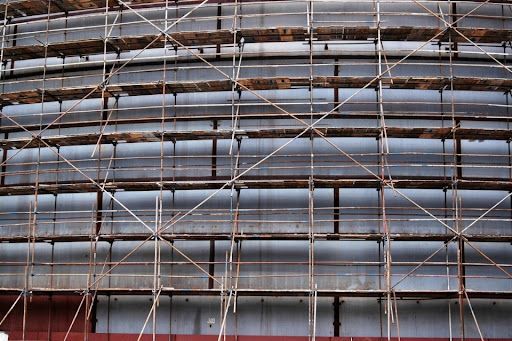Oct . 06, 2024 13:54 Back to list
climbing formworks factory
The Rise of Climbing Formworks Revolutionizing Construction
In recent years, the construction industry has seen remarkable advancements in technology and methodology. One innovation that stands out is the climbing formwork system. This technique has transformed the way structures, particularly high-rise buildings and infrastructure projects, are erected, leading to enhanced efficiency, safety, and overall project quality.
What Are Climbing Formworks?
Climbing formworks are specialized systems used in construction to create vertical concrete elements such as walls and cores. Unlike traditional formwork systems that are assembled on the ground and then lifted into place, climbing formworks are designed to climb up as construction progresses. This is typically achieved through hydraulic mechanisms that allow the formworks to move upward incrementally after the concrete has been poured and set. This method is especially beneficial for constructing tall buildings, where stability and precision are paramount.
Benefits of Climbing Formworks
1. Increased Productivity One of the most significant advantages of climbing formworks is their ability to enhance productivity. These systems can reduce the time taken to form walls, as they eliminate the need for scaffolding and crane openings for traditional formwork. Construction teams can pour concrete more quickly, leading to faster project completion times.
2. Safety Improvements Safety is a critical concern on construction sites. Climbing formworks minimize the risks associated with working at heights by providing a stable platform that remains secure as workers move up the structure. This reduced reliance on scaffolding and other temporary supports means fewer opportunities for accidents, protecting both workers and the project’s timeline.
climbing formworks factory

3. Quality Control The precision offered by climbing formwork systems leads to superior quality in the concrete walls and cores. Since the formworks are manufactured to high standards and adjusted for each project, they can produce uniform results that meet strict building codes and architectural specifications. This consistency ultimately contributes to the longevity and durability of the structures being built.
4. Cost-Effectiveness While the initial investment in climbing formworks might be higher than traditional methods, the long-term cost savings are considerable. Reduced labor costs, faster project timelines, and less material waste all contribute to a lower overall cost of construction. Furthermore, the reduced likelihood of rework due to improved quality also plays a significant role in minimizing expenses.
Applications in Modern Construction
Climbing formworks are particularly suited for projects involving tall buildings, such as skyscrapers, bridges, and large commercial structures. They are widely used in urban environments where space is limited, allowing for efficient vertical construction without the extensive site preparation required for traditional methods. Major construction companies around the world have embraced this technology, recognizing its potential to streamline operations and improve project outcomes.
Conclusion
As the construction industry continues to evolve, climbing formworks represent a significant leap forward in how we approach building design and execution. With benefits spanning increased productivity, enhanced safety, superior quality control, and cost-effectiveness, climbing formworks are poised to become a standard in modern construction practices. As more companies adopt this innovative technique, the skyline of our cities will only grow taller, transforming both the architectural landscape and the way we construct our future. The climbing formwork revolution is here, and it’s shaping the buildings of tomorrow.
-
OEM Column Formwork: Custom, Circular, Curved & Adjustable
NewsAug.09,2025
-
Custom OEM Column Formwork | Versatile & Efficient Solutions
NewsAug.08,2025
-
Steel Prop with Tripod & Fork Head | Stable Support Solutions
NewsAug.07,2025
-
Premium H20 Timber Beams | Durable Structural Solutions
NewsAug.05,2025
-
Premium Wall Formwork Solutions for Modern Construction
NewsAug.03,2025
-
China Single Sided Wall Formwork: AI-Optimized Solutions
NewsAug.02,2025